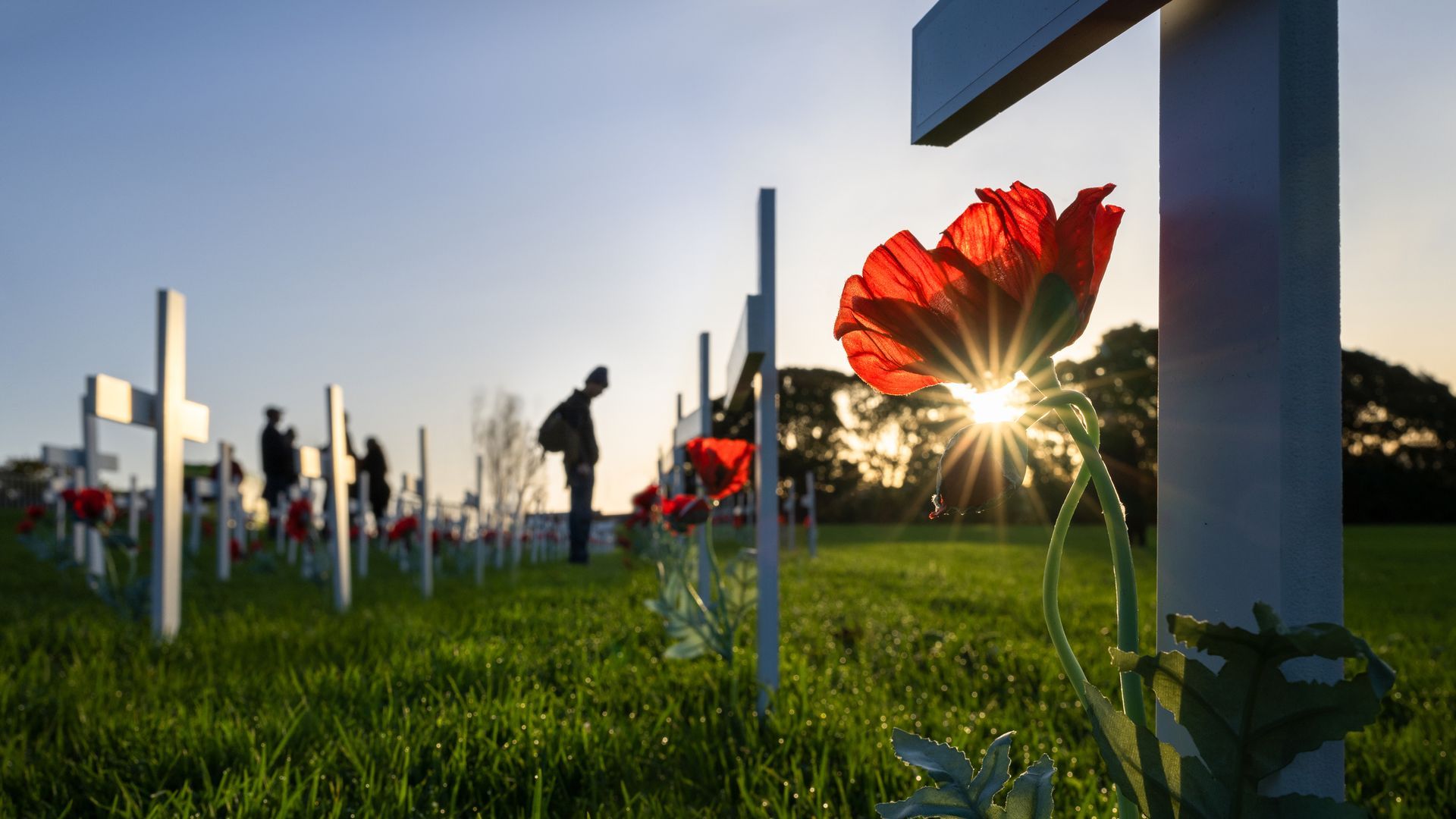Understanding Social Security Benefits After a Loved One’s Passing
The death of a loved one is an emotionally challenging experience, often compounded by the financial uncertainty that follows. However, Social Security benefits can provide crucial financial support to help surviving family members navigate this difficult time. These benefits, administered by the Social Security Administration (SSA), are specifically designed to assist eligible survivors such as spouses, children, and in some cases, dependent parents. Understanding how these benefits work and who qualifies can make a significant difference in reducing financial stress during this period of grief.
Who is Eligible for Survivor Benefits?
Survivor benefits from Social Security are available to a range of family members, and eligibility depends on various factors including age, relationship to the deceased, and any disabilities. Let’s explore who may qualify:
• A surviving spouse:
A widow or widower can begin receiving benefits as early as age 60, or at age 50 if they are disabled. If the surviving spouse is caring for the deceased's child who is under 16 or disabled, they may be eligible for benefits at any age.
• Children:
Biological children, adopted children, and sometimes stepchildren can receive benefits if they are under the age of 18. If a child is still in high school, they can receive benefits until age 19. Additionally, if a child is disabled and the disability occurred before they turned 22, they may also be eligible for lifetime benefits.
• Dependent parents:
If the deceased was providing at least half of their parent’s financial support, and the parent is 62 or older, they may qualify for survivor benefits.
Beyond these primary groups, there may be other specific scenarios where relatives, such as ex-spouses, may also qualify for benefits under certain conditions. For example, a divorced spouse can receive benefits if they were married to the deceased for at least 10 years and meet the same age or disability requirements as a surviving spouse.
The Lump-Sum Death Payment
In addition to monthly survivor benefits, a one-time lump-sum death payment of $255 may be available to eligible survivors. This payment is typically made to a surviving spouse who was living with the deceased at the time of death. If there is no surviving spouse, the payment may go to the deceased’s children who meet the necessary eligibility criteria.
While the $255 death payment may not seem like a large amount, it can help cover immediate costs, such as final expenses or funeral arrangements, offering families a little relief during an already stressful time.
How to Apply for Survivor Benefits
Applying for Social Security survivor benefits requires taking a few important steps. It’s crucial for survivors to notify the SSA as soon as possible after the loved one’s passing. In many cases, the funeral home can report the death to the SSA if provided with the deceased’s Social Security number. Once notified, the SSA will begin the process of assessing eligibility for survivor benefits.
The following documents are typically required to apply for survivor benefits:
• The deceased’s Social Security number
• Proof of the applicant’s relationship to the deceased (such as a marriage certificate or birth certificate)
• The applicant’s own Social Security number
• A death certificate issued by the funeral home or state authority
Survivors can apply for benefits online via the SSA’s website, by phone, or in person at a local Social Security office. It’s worth noting that while some applications can be completed online, others, such as those for children or dependent parents, may require an in-person visit or a phone interview.
When Do Benefits Begin?
Once approved, Social Security survivor benefits typically begin the month after the loved one has passed away. However, it’s important to act quickly in submitting an application, as retroactive benefits are limited to six months. If the survivor waits too long, they may miss out on receiving benefits for earlier months.
Additionally, the amount of survivor benefits varies depending on factors like the deceased’s lifetime earnings, the survivor’s age, and their relationship to the deceased. The SSA uses a complex formula to calculate the benefits, but in general, the more the deceased paid into Social Security during their lifetime, the higher the benefits will be for their survivors.
Planning for the Future
Social Security benefits play a critical role in supporting families after the loss of a loved one, providing both short-term and long-term financial relief. If you find yourself in this situation, it’s essential to familiarize yourself with the qualifications and application process to ensure you secure the necessary financial support during this challenging time.
For those currently planning their estates, it’s also a good idea to discuss these benefits with loved ones so they are aware of what assistance may be available. Proper planning can reduce confusion and stress when these benefits are needed.
For personalized assistance, survivors can always reach out to their local SSA office for guidance. Funeral homes are also often experienced in helping families navigate the Social Security process, providing an additional resource during this difficult time.

July 24, 2025
Attending a funeral or memorial service can stir up many emotions, and for some, one of the first questions that comes to mind is: What should I wear? While traditions around funeral attire have evolved, dressing appropriately remains a way to show respect—for the person who has passed and for their loved ones. Whether the service is formal, casual, religious, or a celebration of life, here are a few thoughtful guidelines to help you choose what to wear. 1. Stick to Neutral, Conservative Colors Black is the traditional color of mourning in many cultures, but it's not your only option. Other respectful colors include navy, gray, deep green, brown, and muted tones. Avoid bright colors, loud patterns, or anything that draws unnecessary attention unless the family has requested otherwise. Tip: Some services may invite guests to wear the deceased’s favorite color or dress casually—check the obituary or invitation for guidance. 2. Dress Modestly and Neatly Funeral services are somber occasions, so choose clothing that is clean, pressed, and conservative: For women, options include a modest dress, blouse with slacks, or a skirt paired with a cardigan or blazer. For men, a dress shirt with slacks, a suit, or a sport coat with a tie is appropriate. 3. Footwear Matters, Too Choose closed-toe shoes that are comfortable, especially if you'll be standing or walking at a graveside service. Simple dress shoes, loafers, or flats work well. Avoid athletic sneakers or flip-flops unless the service is explicitly casual or outdoors. 4. Consider the Location and Weather The setting of the service can influence your outfit: For outdoor or graveside services, wear weather-appropriate clothing and shoes that can handle grass or gravel. Bring an umbrella or coat if needed. Dark outerwear is always a safe choice. In a place of worship, modest attire is often expected regardless of the season. 5. Keep Accessories Simple This is not the time for flashy jewelry or bold accessories. Choose understated items that won’t distract from the purpose of the gathering. 6. What About Children? Children should also be dressed neatly and conservatively. Simple outfits in neutral colors are best. If unsure, dress them as if attending a formal family event or church service. 7. When in Doubt, Dress Up a Bit It’s always better to be slightly overdressed than too casual at a funeral. If you’re unsure about the dress code, err on the side of formality. A respectful appearance helps convey sympathy and support. What you wear to a funeral doesn’t need to be fancy or expensive—but it should reflect care, humility, and consideration. Remember: your presence is what matters most

July 14, 2025
Planning a funeral or cremation—whether for a loved one or preplanning for yourself—can feel overwhelming. There are many decisions to make, all while navigating the emotions that come with loss. But with a little preparation and guidance, the process can be meaningful, healing, and manageable. Whether you're planning ahead or handling arrangements after a loss, this guide walks you through the key steps of planning a funeral or cremation service. 1. Decide Between Burial and Cremation One of the first decisions to make is whether the individual will be buried or cremated. This choice often depends on personal, cultural, or religious preferences. Burial typically involves a casket, a graveside service, and a cemetery plot. Cremation may still include a funeral or memorial service and allows for more flexible options such as scattering, keeping an urn, or burying cremated remains. Some families choose direct cremation (without a service) or direct burial and hold a memorial at a later time. 2. Decide on the Type of Service There are many ways to honor a life, including: Traditional funeral service (usually with the body present) Memorial service (typically after cremation or burial) Celebration of life (a more personalized, informal event) Services can take place at the funeral home, a place of worship or outdoors. Choose what best reflects the person’s life and what brings comfort to those attending. 3. Select the Details You’ll want to personalize the service with details such as: Obituary and newspaper or online notices Casket or urn selection Music, readings, or spiritual elements Photos, videos, or displays of personal items Flowers or charitable donation options Who will speak, perform, or participate Many families also choose to include military honors, religious traditions, or cultural customs. 4. Consider Final Resting Place Options For burials: Choose a cemetery and purchase a plot if one isn’t already owned Decide on a headstone or grave marker For cremation: Decide whether ashes will be kept, scattered, buried, or placed in a niche Some families divide ashes among keepsake urns or jewelry 5. Handle Legal and Practical Matters Don’t forget the necessary paperwork: Obtain a death certificate (you may need multiple copies) Notify Social Security and financial institutions Handle wills, trusts, and estate matters If applicable, coordinate with veterans’ services or insurance providers Funeral directors can help guide you through most of this, but having documents organized in advance can ease the burden. 6. Consider Preplanning Preplanning your own arrangements relieves your loved ones of decision-making during an emotional time. You can: Specify burial or cremation preferences Choose the type of service and location Prepay or set aside funds Record personal touches you’d like included Preplanning ensures your wishes are followed—and it brings peace of mind to everyone involved. While planning a funeral or cremation is never easy, it is an opportunity to reflect, remember, and celebrate a life. Whether you’re planning for the future or coping with a loss today, take each step at your own pace, and don’t hesitate to reach out to professionals or trusted loved ones for support.





